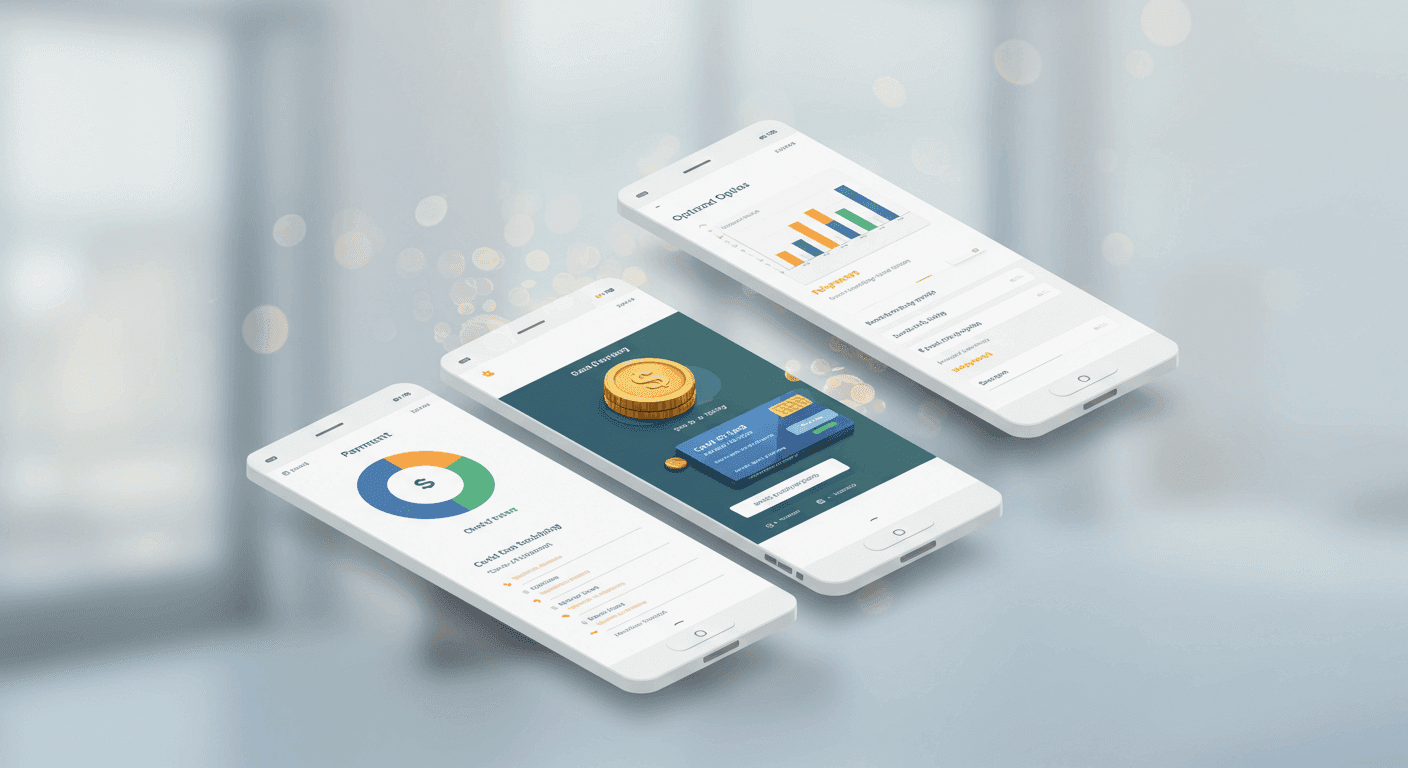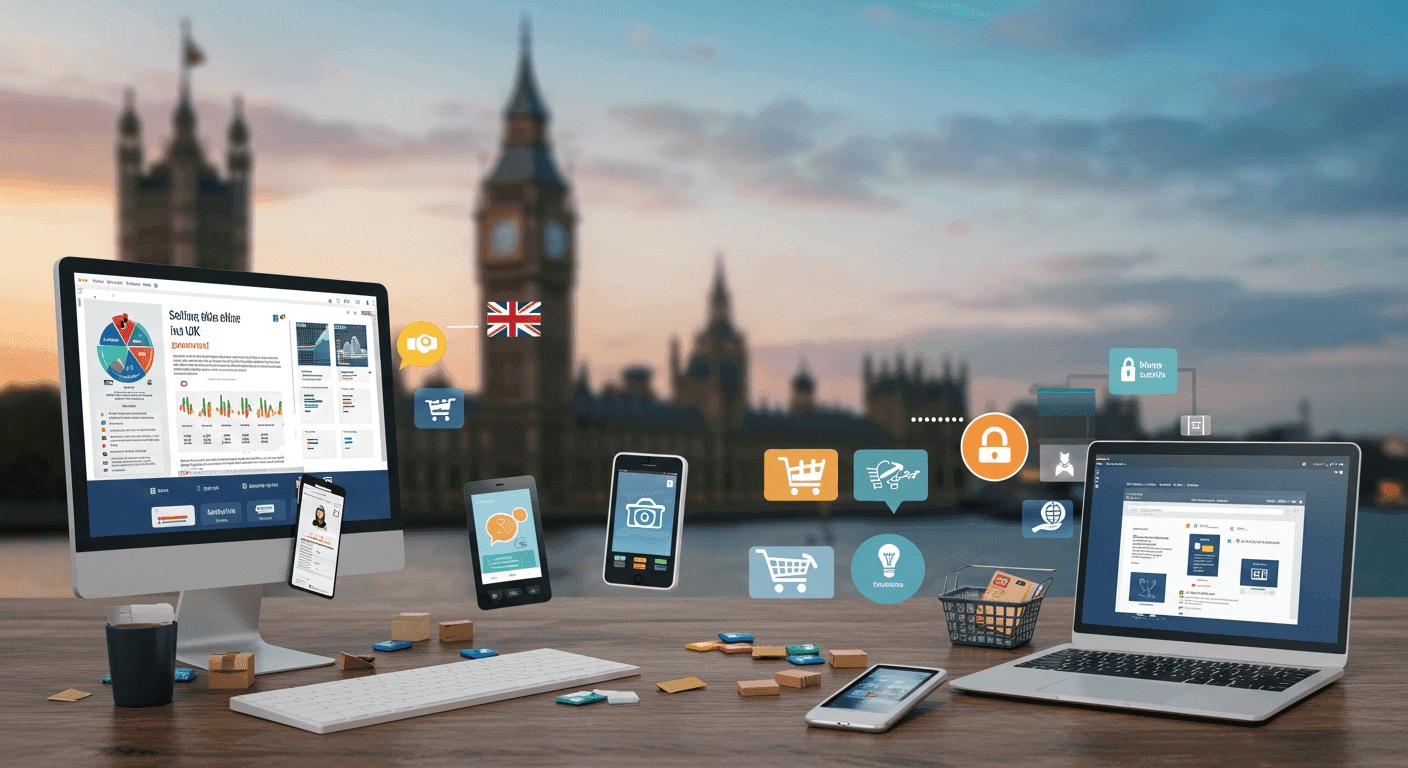Have you ever wondered how your phone might soon replace your entire wallet?
Many people still carry cards, cash, and IDs every day, even though mobile payment apps are already doing a lot of that work. But things are changing fast. Apple and Google are building features into their digital wallets that could make old wallets a thing of the past.
If you use Apple Wallet or Google Wallet today, you're only seeing a small part of what’s coming. In this blog, we’ll explore how these companies are shaping the future of digital payments - and what that means for you.
What Is a Digital Wallet?
A digital wallet is an app on your phone where you can store things like bank cards, ID cards, tickets, and more. Instead of pulling out your physical wallet, you can tap your phone to pay or scan a code to board a train.
Today, most people use digital wallets to make fast payments at stores. Some also use them for boarding passes, reward cards, and even digital keys to unlock doors.
These wallets make life easier by keeping everything in one place. You don’t have to dig around for the right card. And you don’t need to worry about losing your wallet.
Why Digital Wallets Are Becoming More Common
Digital wallets are growing fast. According to Statista, the number of people using mobile payments is expected to pass 1.8 billion worldwide in 2025. In the U.S. alone, over 50% of smartphone users now use some kind of wallet app.
More people are choosing to pay with their phones instead of using cash or physical cards. This change became faster during the pandemic when people wanted to avoid touching things.
Also, mobile payments are faster than chip cards. Many stores now support “tap to pay” options, which makes it easier for wallets to work everywhere.
Apple Wallet – What to Expect
Apple Wallet already lets you do more than just pay. You can store your ID in some states, unlock hotel doors, and even open your car if it's a newer model.
In the future, Apple may add even more features. These could include storing passports, medical records, or health insurance cards. There’s also talk of using the Wallet to show age or identity for online services.
Apple focuses a lot on privacy. Most of your wallet data stays on your phone. It's encrypted and never sent to Apple servers unless needed.
Apple is also working to make the Wallet available in more countries. That means more people around the world can use their iPhones to tap and go.
Google Wallet – What’s Coming Next
Google Wallet has come a long way. Right now, it holds your cards, gift cards, tickets, and even transit passes. In some cities, you can use it to ride buses and trains with just a tap.
Google is likely to bring more smart features to its wallet. For example, it could connect better with Gmail and Maps to suggest things like rewards or upcoming trips. It may also improve how it works with Android watches and smart devices.
Because Android runs on many types of phones, Google wants to make the wallet flexible. You may soon be able to use it across more apps and devices without much setup.
Google is also adding AI tools to its services, which could help the wallet organize your data or warn you of things like upcoming bill payments.
How Apple and Google Wallets Are Different
While both wallets help you pay and store cards, they work in different ways.
Apple Wallet is tied closely to the iPhone. It works best if you use Apple Pay and other Apple services. It’s simple and private but only works on Apple devices.
Google Wallet works on Android phones and is more open. It connects with a wider range of services and devices. That gives users more choices, but it may come with more settings to manage.
Apple tends to focus more on privacy. Google adds more tools and features, especially with help from AI. Your choice may depend on what kind of phone you use and what matters most to you.
The Future of Security in Digital Wallets
Security is one of the most important parts of any digital wallet. Apple and Google both use biometric security, like fingerprints or face unlock, to keep wallets safe.
In the future, we may see stronger ways to protect your wallet. This could include better fraud detection, smarter alerts, or ways to recover your wallet if your phone is lost.
Apple stores wallet data on the device itself. Google uses both device and cloud storage but is improving how it secures sensitive data.
Users still need to be careful. Using a screen lock and two-factor login can help prevent someone else from getting into your wallet.
Digital Wallets and Global Expansion
Apple and Google are both trying to bring their wallets to more parts of the world. In places like Europe and Asia, people use mobile payments every day for small things like food and transport.
In India, for example, mobile payments grew by over 40% in 2022. Countries like Japan, South Korea, and China have already moved far ahead in wallet usage.
However, not all countries allow digital wallets yet. Rules, banks, and phone types are all different. Both companies are working with local banks and governments to make wallets work in more places.
As more people get smartphones, wallets are likely to become more common everywhere.
What It Means for Users Like You
Soon, your phone may be the only thing you need to carry. You could pay, open doors, show your ID, take the train, and check in at the airport—all from your phone.
You might also stop carrying loyalty cards, transit cards, or even your driver’s license. Everything could be inside your digital wallet.
Apple and Google are both building new tools to make this easier. They want to make everyday life smoother by replacing what you keep in your pocket.
It’s a small change now, but it may become a big part of how we live and pay in the next few years.
Final Thoughts
The future of digital wallets is not far away—it’s already here in small steps. Apple and Google are working hard to make your phone do more so that you can carry less.
As they keep adding new features, your digital wallet may become one of the most important apps on your phone. It will store your payment methods, IDs, travel passes, and more.
For now, it’s a good idea to explore what your wallet app can already do. And keep an eye on updates—because bigger changes are coming soon.
FAQs
Can I use Apple Wallet or Google Wallet without an internet connection?
Yes, most payments can still work without internet, as long as your card is stored on your device. But some features like ticket updates or syncing may need a connection.
Are digital wallets safer than physical wallets?
Digital wallets use strong encryption and biometric locks. If your phone is protected, it's often safer than carrying physical cards or cash.
Can I store documents like a driver’s license or ID in my digital wallet?
Yes, in some U.S. states and countries, you can already add your ID to Apple Wallet. Google is also testing digital IDs in certain regions.





